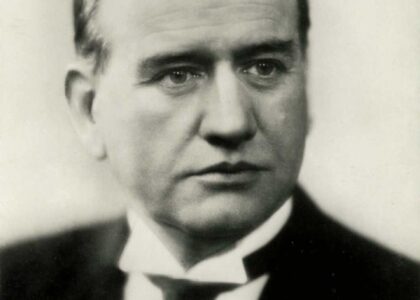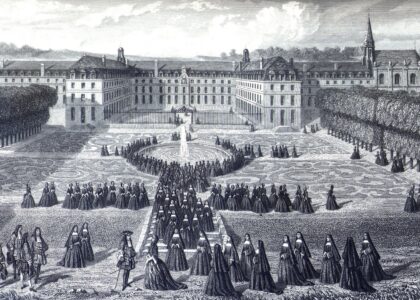Welcome to the Honouliuli Internment Camp, a significant yet somber chapter in Hawaii’s history, and in the broader context of World War II internment camps in the United States. Established in 1943, Honouliuli Internment Camp was the largest and longest-operating internment site in Hawaii, located on the island of Oahu. It served as a reminder of the fear and prejudice that gripped the nation during the war.
The camp was originally established as a prisoner of war and internment camp, housing over 4,000 individuals, including Japanese Americans, Italian Americans, and German Americans, as well as Japanese and Korean prisoners of war. The site covered approximately 160 acres in a gulch, which led to its nickname, ‘Hell Valley,’ due to its hot and isolated location.
One notable figure associated with Honouliuli was Saburo Kido, a prominent leader in the Japanese American community who worked tirelessly to advocate for the rights of internees and improve their living conditions. Despite the challenging environment, detainees at Honouliuli formed a community, building gardens, organizing educational activities, and even holding religious services under the watchful eyes of the guards.
Honouliuli’s role in the broader historical context of internment camps is crucial to understanding the impact of Executive Order 9066, which authorized the internment of over 120,000 Japanese Americans across the United States. It highlights the racial discrimination and violation of civil liberties during wartime America.
After the war, Honouliuli was largely forgotten, overgrown by vegetation, until it was rediscovered in the late 20th century. Today, it serves as a site for reflection on the injustices of the past and the resilience of those who endured them. In 2015, it was designated as Honouliuli National Historic Site to educate future generations about this dark chapter in history and to ensure such injustices are never repeated.




